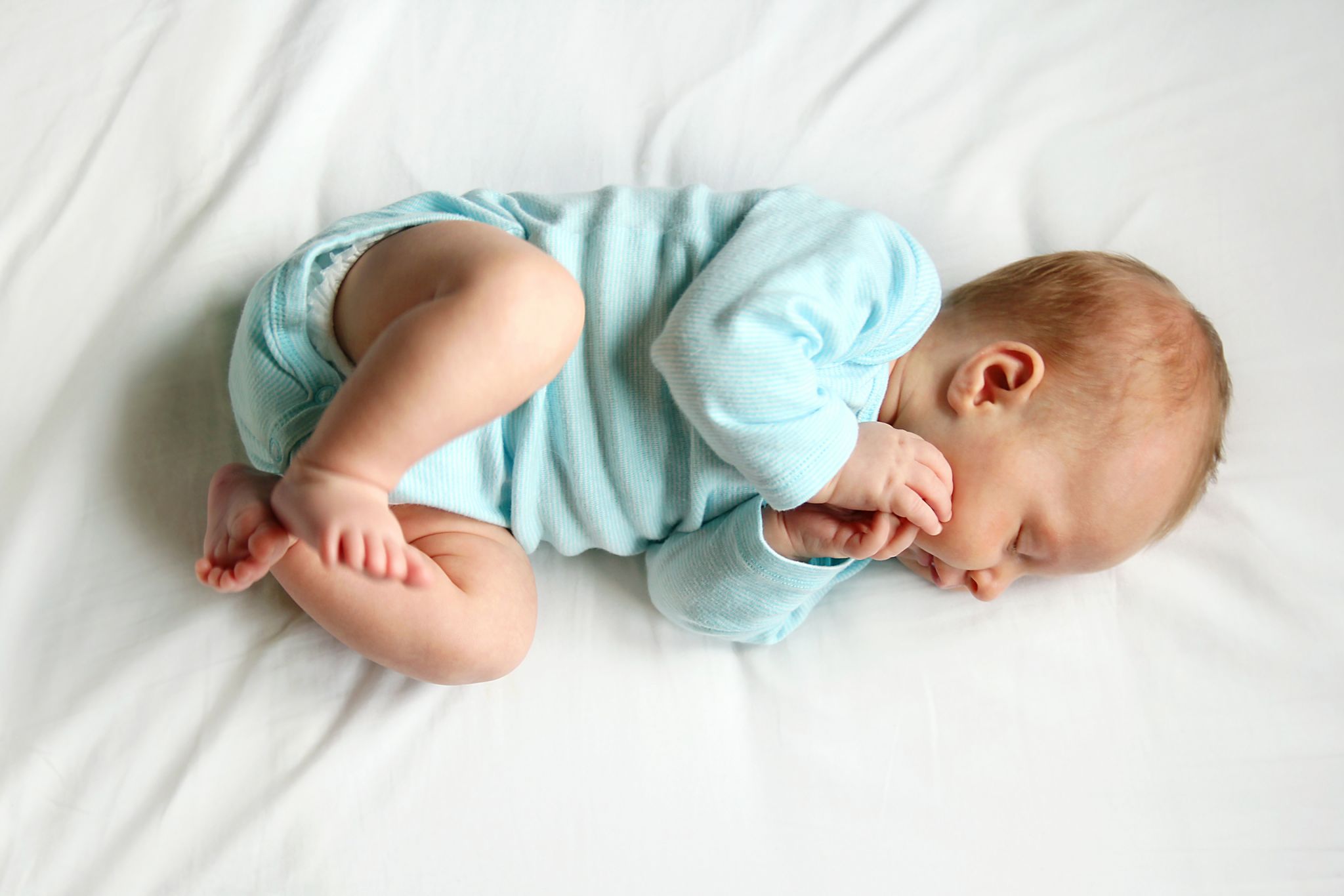

Articles
When Can A Baby Have A Duvet
Modified: January 9, 2024
Find out when it is safe for a baby to start using a duvet in this informative articles. Discover the recommended age and important safety precautions.
(Many of the links in this article redirect to a specific reviewed product. Your purchase of these products through affiliate links helps to generate commission for Storables.com, at no extra cost. Learn more)
Introduction
When it comes to ensuring the safety and comfort of your baby while they sleep, there are many factors to consider. One of these factors is choosing the right bedding, including the use of a duvet. However, it is important to be aware of the guidelines and recommendations regarding when a baby can start using a duvet to ensure their well-being.
Safety is of utmost importance when it comes to baby bedding. The American Academy of Pediatrics (AAP) recommends a safe sleep environment for infants, which includes placing them on their backs on a firm mattress with a fitted sheet and avoiding the use of loose bedding. This is to reduce the risk of Sudden Infant Death Syndrome (SIDS) and suffocation hazards.
As a result, many parents wonder when it is safe to introduce a duvet to their baby’s bed. A duvet is a blanket filled with down or synthetic fibers that provides warmth and comfort while sleeping. However, due to the potential risks associated with loose bedding, it is generally recommended to wait until your baby is older before introducing a duvet.
Key Takeaways:
- Wait until your baby is 12-18 months old before introducing a duvet to ensure safety and minimize the risk of suffocation and SIDS. Always prioritize your baby’s well-being and consult with your pediatrician for personalized advice.
- Look for signs of readiness, such as increased independence and temperature regulation, before introducing a duvet to your baby’s bed. Follow safety guidelines and monitor your baby’s comfort during the transition for a cozy and secure sleep environment.
Read more: When Can Babies Have Chia Seeds
Safety Considerations for Baby Bedding
When it comes to choosing bedding for your baby, their safety should always be the top priority. Here are some important safety considerations to keep in mind:
- Avoid loose bedding: Loose bedding, such as blankets, duvets, and pillows, can pose a suffocation hazard to infants. It is recommended to keep the crib free from these items until your baby is older.
- Use a fitted sheet: Make sure to use a fitted sheet that securely covers the mattress. This prevents the sheet from coming loose and potentially blocking your baby’s airway.
- Avoid crib bumpers: Crib bumpers, which are padded cushions that line the inside of the crib, were once commonly used to prevent babies from hitting their heads or getting their limbs stuck between the crib slats. However, they have been associated with an increased risk of suffocation and are no longer recommended by safety experts.
- Choose a firm mattress: A firm mattress is essential for safe sleep. It provides a stable and supportive surface for your baby and reduces the risk of suffocation.
- Keep the crib away from hazards: Ensure that the crib is placed away from cords, curtains, blinds, and any other potential hazards that your baby could become entangled in.
- Follow temperature guidelines: It is important to maintain a comfortable temperature in your baby’s room. Overheating can increase the risk of SIDS. Dress your baby in appropriate clothing and use lightweight bedding to prevent overheating.
- Regularly check for wear and tear: Inspect bedding, including sheets and blankets, for any signs of wear and tear. Replace them if they are torn or frayed to avoid any safety risks.
By following these safety considerations, you can create a safe and secure sleeping environment for your baby.
When Can a Baby Start Using a Duvet?
The appropriate age for introducing a duvet to your baby’s bed depends on various factors, including their development and the recommendations of experts. While there is no specific age set in stone, it is generally recommended to wait until your baby is at least 12 to 18 months old before introducing a duvet.
During the first year of life, babies are exploring their environment and developing their motor skills. They may not have the ability to move around freely or adjust their bedding while sleeping, increasing the risk of suffocation or overheating. Therefore, it is best to stick to lightweight and breathable materials like sleep sacks or swaddles to keep them warm and comfortable.
Once your baby reaches the age of around one year, they typically have better control over their body movements and are developing the skills necessary to adjust their bedding as needed. However, it is crucial to assess your baby’s individual readiness. Every child develops at their own pace, and you should consider their ability to move independently, roll over, and regulate their body temperature.
In addition to their physical development, it is essential to consider the safety guidelines of organizations like the American Academy of Pediatrics (AAP). They recommend avoiding the use of loose bedding, including duvets, until your baby is at least one year old. This is to minimize the risk of suffocation and SIDS.
Always consult with your pediatrician before introducing a duvet to your baby’s sleep environment. They can provide personalized advice based on your baby’s specific development and needs.
Signs Your Baby Is Ready for a Duvet
While there is a general recommended age for introducing a duvet to your baby’s bed, it is equally important to consider your baby’s individual readiness. Here are some signs that indicate your baby may be ready for a duvet:
- Independence: Your baby is starting to show signs of increased independence and mobility. They can roll over, crawl, or even attempt to stand while holding onto the crib rails. This indicates that they have more control over their body and are better equipped to adjust their bedding as needed.
- Temperature regulation: Your baby is becoming more proficient at regulating their body temperature. They can adjust their clothing and bedding by kicking off or pulling on blankets to stay comfortable. It shows that they have a better understanding of their warmth needs and are less likely to overheat or become too cold with the introduction of a duvet.
- Transition from swaddling: If your baby has transitioned out of swaddling or sleeping bags and is now using lightweight blankets, it may be a sign that they are ready for a duvet. This transition shows that they are gradually becoming accustomed to sleeping with less restriction and are ready for a slightly heavier covering.
- Sleeping patterns: If your baby consistently sleeps through the night without waking frequently, it may indicate that they have established a sleep routine and are less likely to get tangled in or disturbed by a duvet while sleeping.
Remember that these signs should be considered in conjunction with your baby’s age and developmental milestones. It is always essential to prioritize safety by following established guidelines and consulting with your pediatrician before making any changes to your baby’s bedding.
Babies should not have a duvet in their crib until they are at least 12 months old. Instead, use a lightweight blanket or sleep sack to keep them warm while reducing the risk of suffocation.
Guidelines for Introducing a Duvet to Your Baby’s Bed
When the time is right to introduce a duvet to your baby’s bed, it is crucial to do so safely and gradually. Follow these guidelines to ensure a smooth transition:
- Choose the right size: Select a duvet that is appropriate for your baby’s crib or toddler bed. Ensure that it fits snugly and does not hang over the sides, reducing the risk of entanglement.
- Opt for a lightweight duvet: Look for a duvet that is lightweight and breathable. Avoid heavy or overly thick duvets that can cause your baby to overheat.
- Start with naps: Initially, introduce the duvet for daytime naps before using it during nighttime sleep. This allows your baby to gradually adjust to the new bedding and provides an opportunity for you to monitor their comfort and safety.
- Keep the room at a comfortable temperature: Ensure that the room is neither too hot nor too cold. Maintain a temperature between 68 and 72 degrees Fahrenheit (20 to 22 degrees Celsius) to promote safe and comfortable sleep.
- Monitor for signs of discomfort: Pay attention to your baby’s cues during sleep. If they appear restless, sweaty, or excessively warm, the duvet may be too heavy or the room temperature may be too high. Adjust accordingly to ensure their comfort.
- Ensure a secure fit: Keep the duvet securely in place on the mattress by using a duvet cover with ties or buttons, or by tucking it tightly under the mattress. This prevents the duvet from shifting or covering your baby’s face.
- Regularly check for wear and tear: Inspect the duvet regularly for any signs of wear, loose threads, or filling coming out. Replace the duvet if it shows signs of deterioration to maintain a safe sleep environment.
Remember, every baby is different, so it’s essential to monitor your little one’s comfort and safety during the transition. If your baby has any specific medical conditions or concerns, consult with your pediatrician for personalized advice.
Read more: When Can Baby Have Pillow And Blanket
Choosing the Right Duvet for Your Baby
When it comes to choosing a duvet for your baby, there are several factors to consider to ensure their comfort and safety. Here are some important guidelines to help you select the right duvet:
- Size: Make sure to choose a duvet that fits properly in your baby’s crib or toddler bed. It should cover the mattress without hanging over the sides, reducing the risk of entanglement.
- Weight and Thickness: Opt for a lightweight duvet that provides warmth without being too heavy or thick. This helps prevent your baby from overheating and ensures their comfort during sleep.
- Material: Consider the material of the duvet. Natural fibers like cotton or bamboo are breathable and hypoallergenic, making them suitable choices for sensitive skin. Avoid duvets made from synthetic materials that may trap heat or cause discomfort.
- Fill: Pay attention to the duvet fill. It is recommended to choose a duvet with a natural fill like down or feather for its insulation properties. Alternatively, there are also hypoallergenic synthetic fills available that mimic the characteristics of natural materials.
- Certifications: Look for duvets that are certified by reputable organizations such as Oeko-Tex or the Global Organic Textile Standard (GOTS). These certifications ensure that the duvet meets specific safety and quality standards, including the absence of harmful substances.
- Washability: Check the care instructions for the duvet to ensure it can be easily washed and maintained. Opt for duvets that are machine-washable, as this allows for regular cleaning and hygiene upkeep.
- Consider your climate: Take into account the climate in your area when choosing a duvet. If you live in a warmer climate, a lighter duvet or even a quilt may be sufficient. In colder regions, you may need a warmer duvet to provide adequate insulation.
- Read reviews: Before purchasing a duvet, read reviews from other parents to get insights into the quality, durability, and overall satisfaction of the product. This can help you make an informed decision.
Remember to always prioritize your baby’s safety and comfort when selecting a duvet. By considering these guidelines, you can choose a duvet that meets your baby’s needs and ensures a cozy sleep environment.
Conclusion
Choosing the right bedding for your baby is crucial for their safety and comfort during sleep. When it comes to introducing a duvet, it is important to consider your baby’s age, development, and readiness. While there is no specific age set in stone, it is generally recommended to wait until your baby is at least 12 to 18 months old before introducing a duvet to their bed.
Always prioritize safety by following the guidelines recommended by organizations like the American Academy of Pediatrics (AAP). Avoid loose bedding and ensure a safe sleep environment by using a firm mattress, fitted sheet, and lightweight blankets or sleep sacks in the early stages.
When the time is right to introduce a duvet, choose one that is the appropriate size, weight, and material for your baby’s crib or toddler bed. Consider factors like temperature regulation, fill type, and certifications to ensure optimal comfort and safety. Regularly monitor your baby’s comfort and well-being during sleep and adjust bedding as necessary.
Remember, every baby is unique, and it’s important to assess your baby’s individual readiness and consult with your pediatrician for personalized advice. By following these guidelines and prioritizing your baby’s safety, you can create a cozy and secure sleep environment for your little one.
So, when the time is right and with careful consideration, you can introduce a duvet to your baby’s bed, providing them with warmth, comfort, and a good night’s sleep.
Frequently Asked Questions about When Can A Baby Have A Duvet
Was this page helpful?
At Storables.com, we guarantee accurate and reliable information. Our content, validated by Expert Board Contributors, is crafted following stringent Editorial Policies. We're committed to providing you with well-researched, expert-backed insights for all your informational needs.

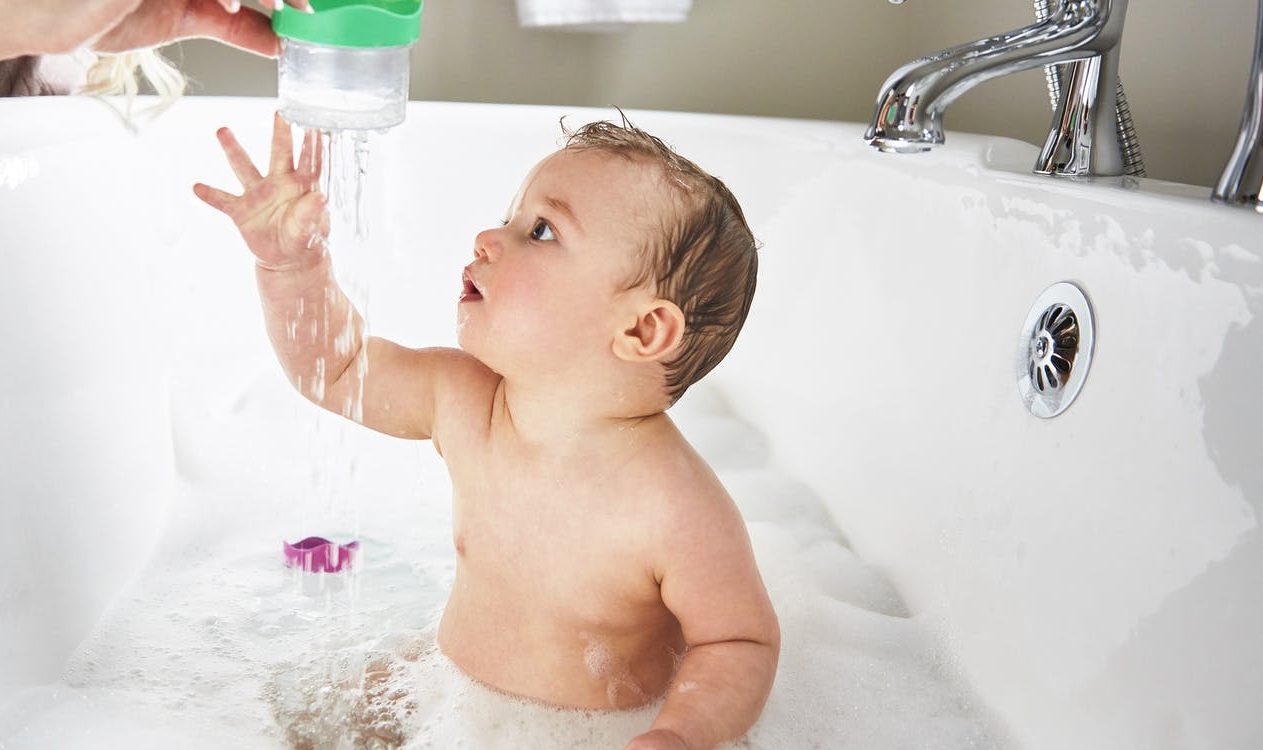

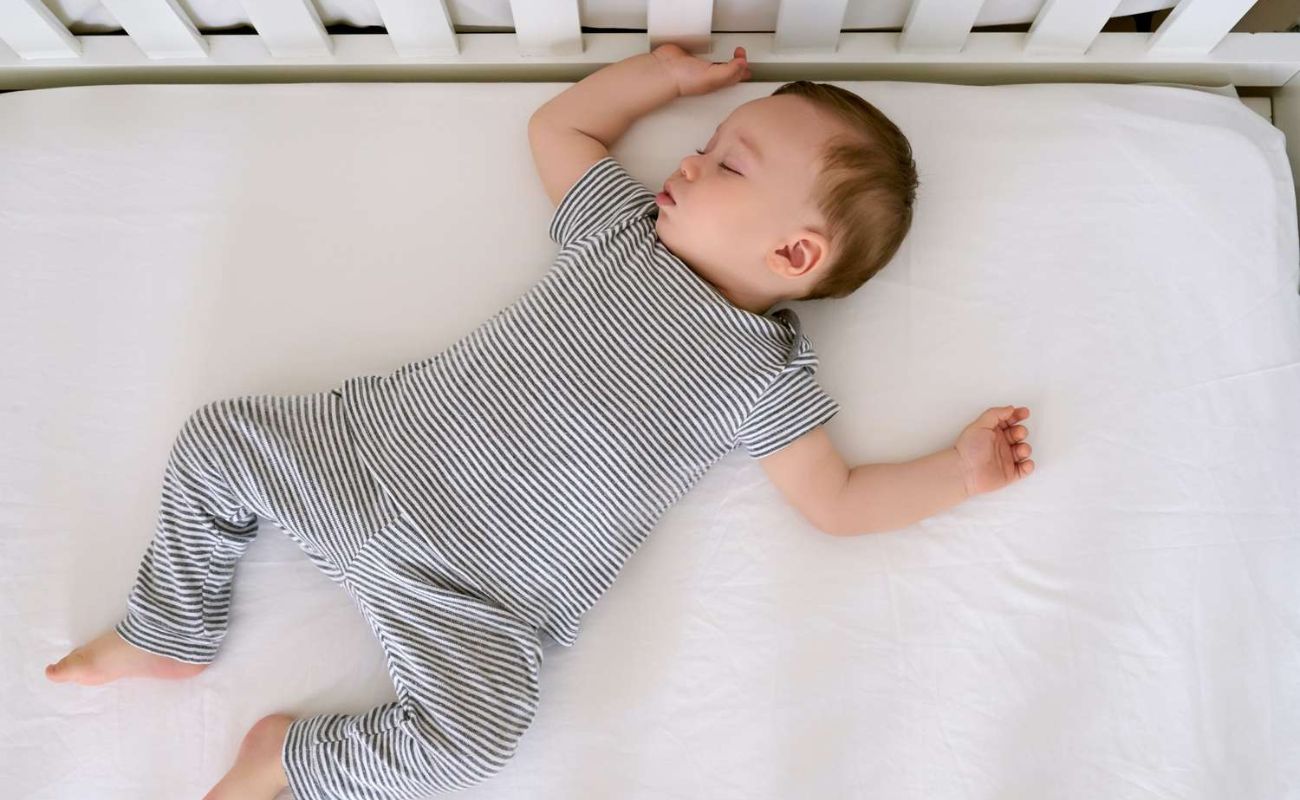
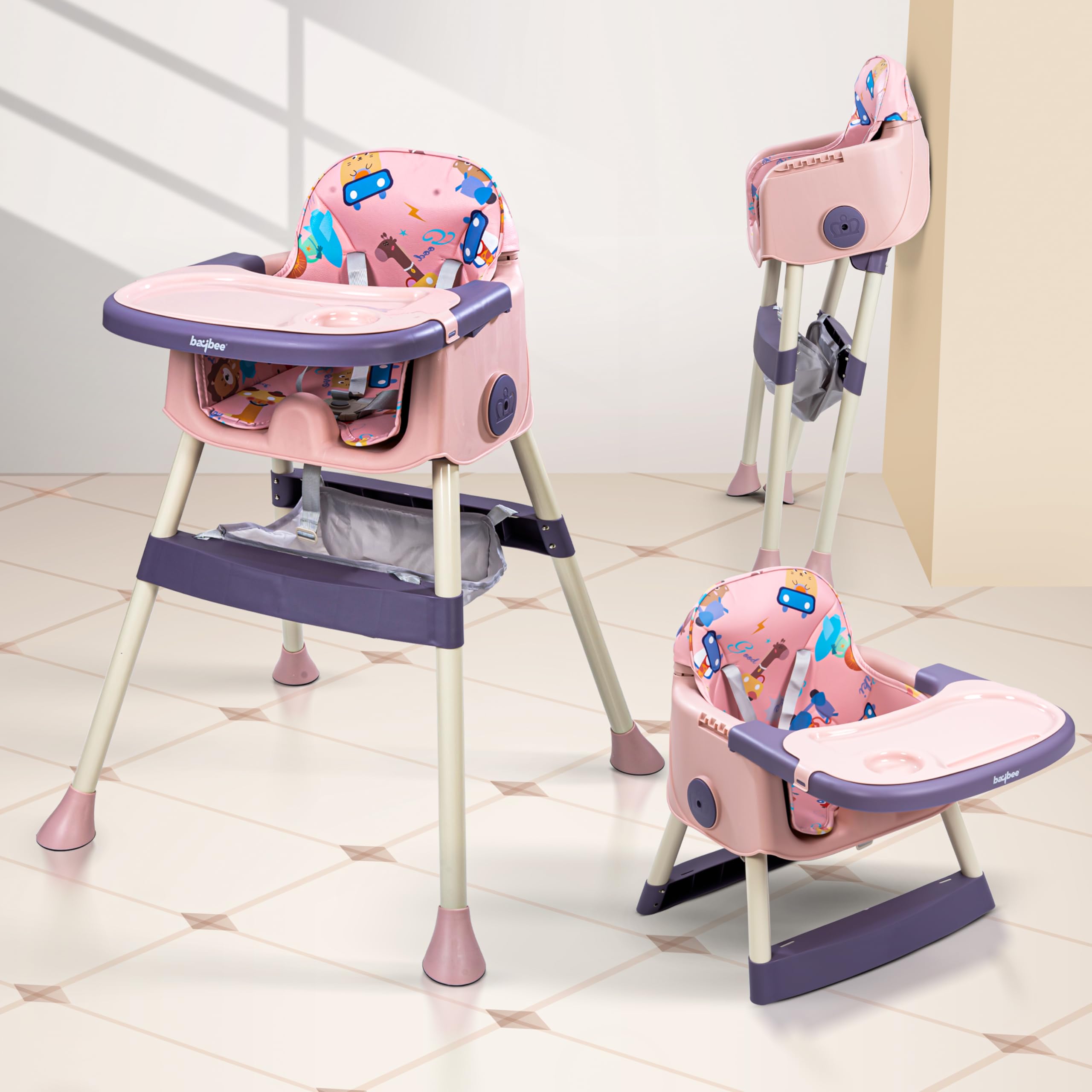
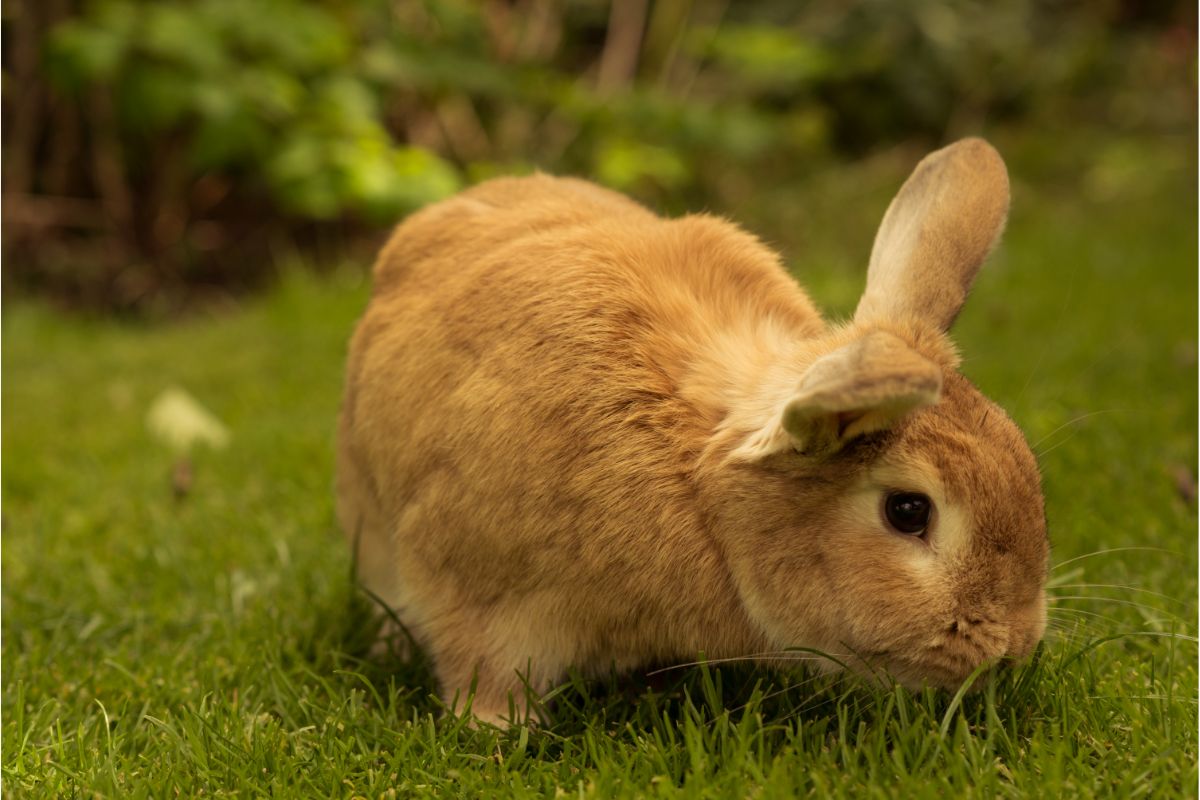

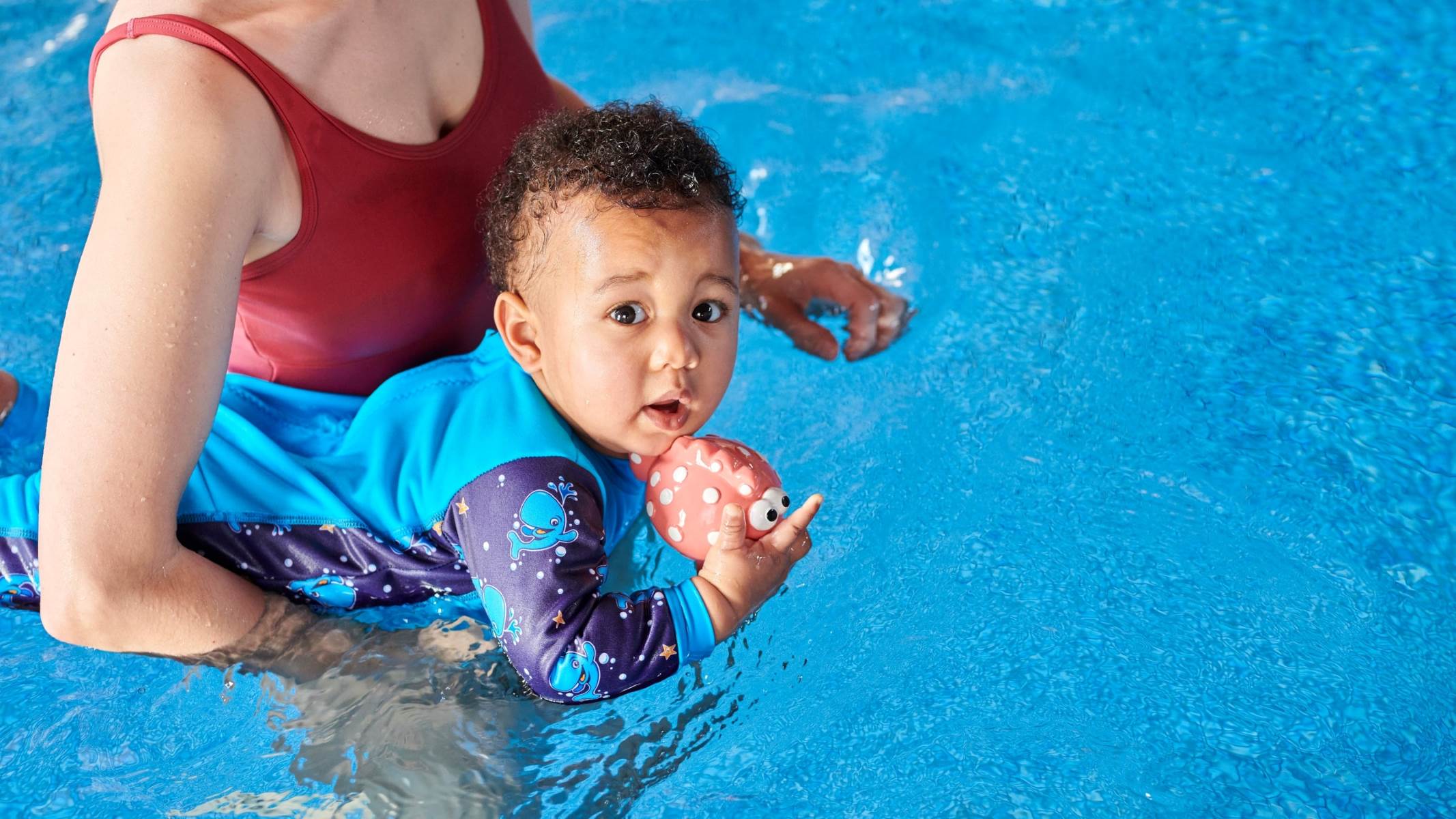
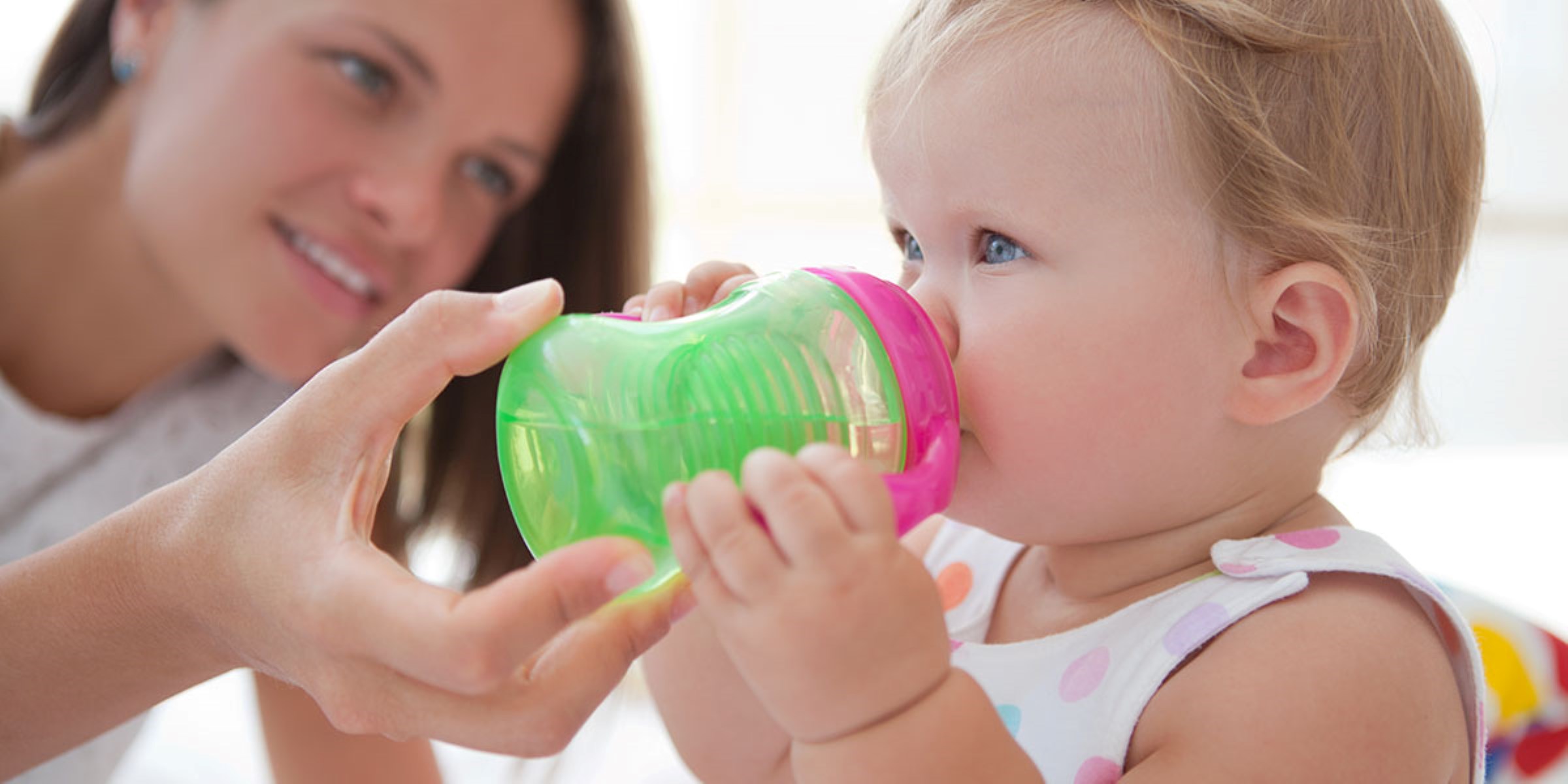



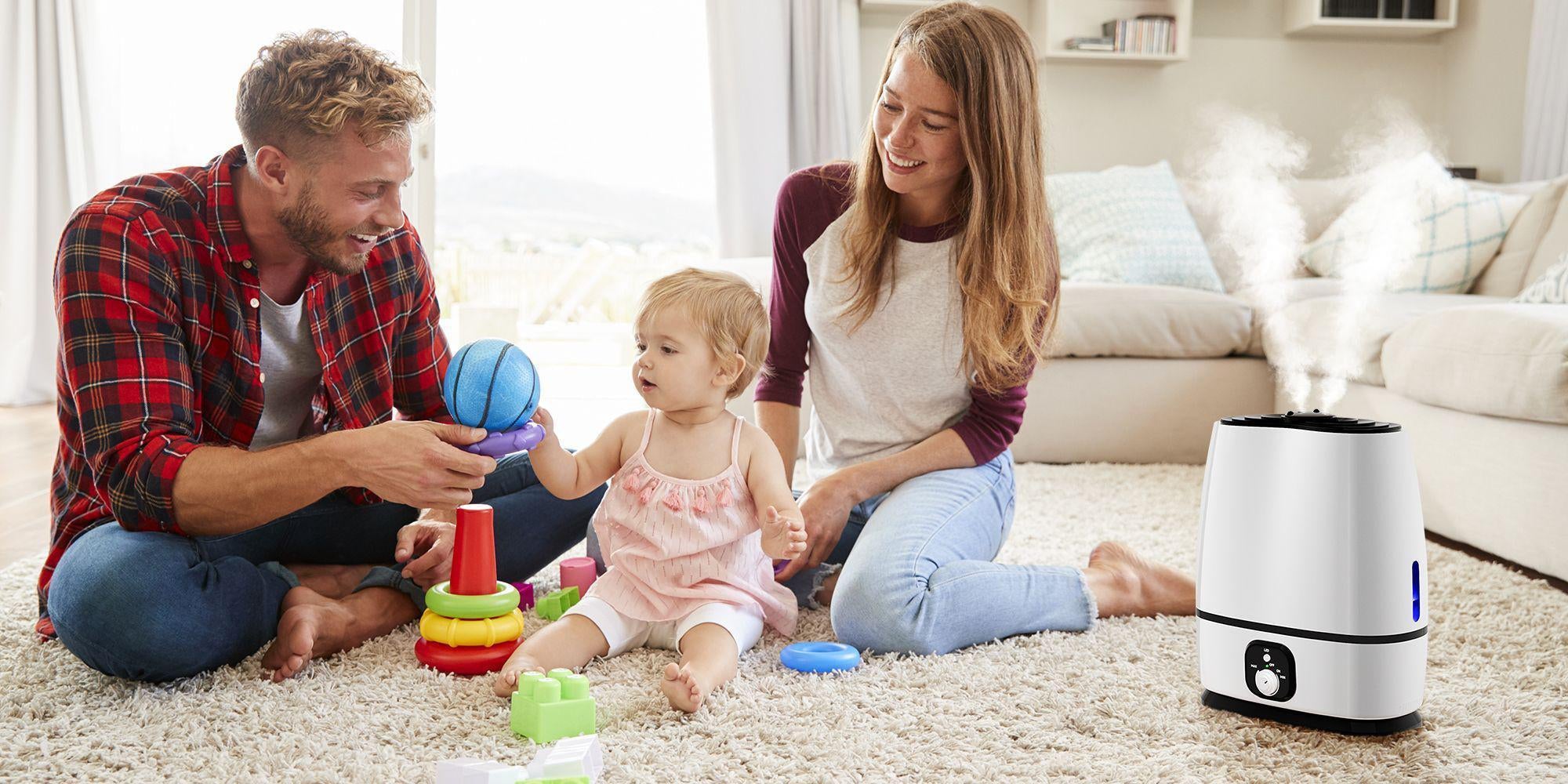


0 thoughts on “When Can A Baby Have A Duvet”